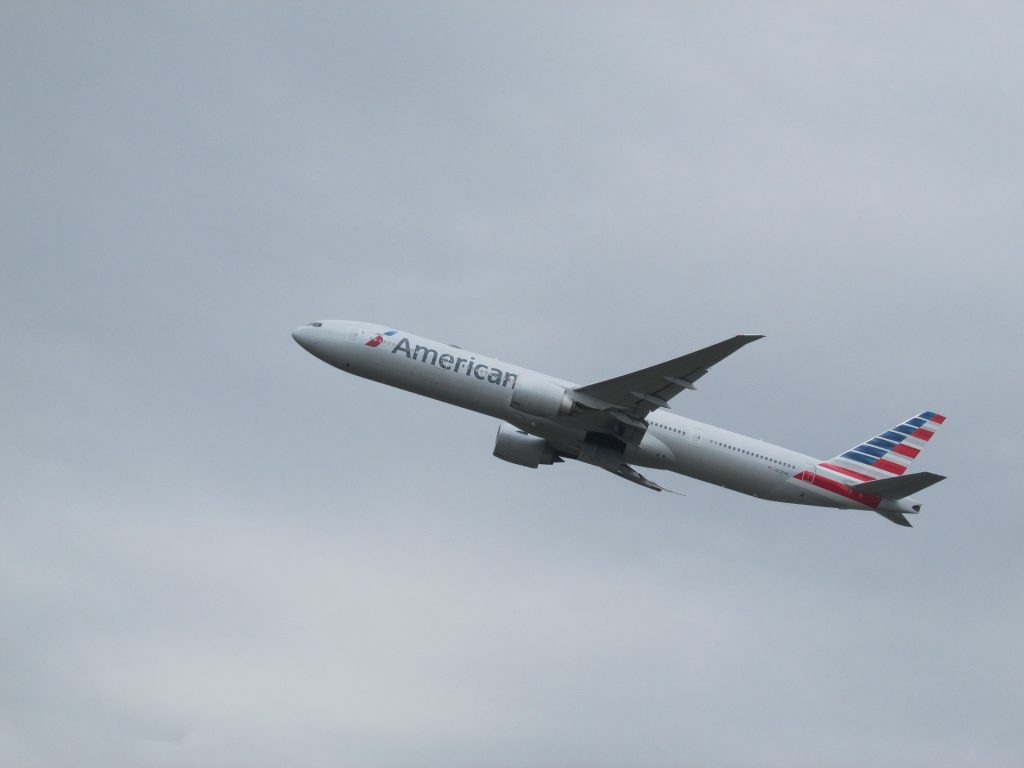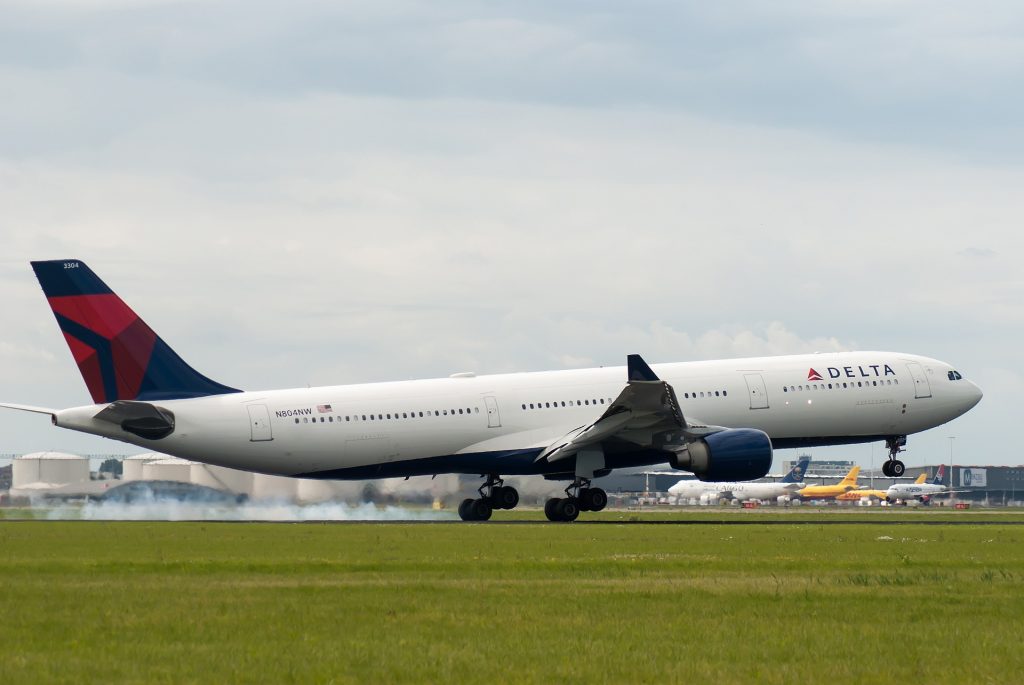Frequent flyer programs are arguably the main source of income for many airlines – the miles and points we collect are very valuable not only to us, but to the airlines. Some airlines make more money through mileage transactions rather than actually flying planes. Frequent flyer programs are very profitable and perhaps that’s why airlines are constantly changing them so they can make more money relying on their programs.
There are several different types of frequent flyer programs – every airline decides what kind of program they want to offer their passengers.

AAdvantage is a Region/Zone-Based Frequent Flyer Program
Region/Zone-Based Frequent Flyer Programs
The classic and most popular type of frequent flyer program is the region/zone-based program. Most airlines around the world maintain this model of program as it generally is regarded the best overall; some airlines started with this type and later switched to other program models, as described below.
Region/Zone-Based programs offer award redemption rates based on the zones or regions you are flying from and to. The price is generally the same when you’re flying from/to different cities within the same regions. For example, American Airlines AAdvantage is region-based, which means that a one-way Business Class ticket from the U.S. to Europe costs just 57.5k miles – and this price is the same, no matter what city in the U.S. you are departing or what city in Europe you’re arriving – there just has to be award availability. The price will be the same since the program is region-based so the two regions in this case would be U.S. and Europe, and a flight from NYC to London costs the same in miles as a flight from LAX to Athens. American Airlines also does offer higher, dynamic redemptions – but only on their own flights (in addition to regular, saver awards).
Distance-Based Programs
A distance-based program can be great for short-to-medium haul flying. In this type of program, the more miles you fly, the more miles you pay. You’ll pay more miles for a flight from SFO to Paris than a flight from London to Paris, since the first is longer than the second. The less you fly, the less you pay.
The most known program that is distance-based is the British Airways Executive Club – the program offers great value for short-to-medium haul flights as the redemption rates can be quite good, especially last minute when flights can be expensive. However for a long-haul flight, you will generally pay more miles than if redeeming through other programs, because in a distance-based program you pay more if you fly more. These programs are great usually for nonstop flights that take 6 hours or less.
Revenue-Based Programs
Revenue-Based programs are the worst in the industry as the model goes against everything a frequent flyer program should be. Instead of the award ticket cost being based on regions or distance, it is based on what the cost of the same ticket is in cash – so if the flight costs more, it will also cost more in miles and the same might be true in reverse – less cash, less miles. Last minute redemptions at a great deal through these programs are basically nonexistent as last minute tickets can cost a fortune.
The most famous (and world’s worst) revenue-based frequent flyer program is Delta SkyMiles. The program mostly prices out award tickets based on the cost of the same itinerary in cash and Delta makes each mile worth around $0.01 USD. Delta miles are the most worth less out of all the programs as, for example, a one-way Business Class ticket to Europe will price out for over 350k miles (even if there’s saver-level availability in some cases). Other programs charge between 55k – 100k miles for the same type of journey. You can even book flights on Delta for much less miles if you book through other partner programs, whereas Delta will most likely want 3-5x as much.

SkyMiles is a Revenue-Based Frequent Flyer Program
Hybrid Frequent Flyer Programs
A new type of frequent flyer program that we have seen come to life in the recent years is a hybrid-type program. These take some elements from other types of frequent flyer programs and mix them together. Sometimes the aspects they take are good and sometimes bad – but there’s generally a balance.
Air Canada Aeroplan is a hybrid program based off of all three types of frequent flyer programs – Aeroplan is both region/zone-based and distance-based and can also be revenue-based in some cases when redeeming for Air Canada flights. Aeroplan has divided the world into zones for the purpose of award redemptions and does publish an award chart, however then the cost in miles for travel within those zones/regions is based on the distance you fly. So that’s a mix of the two program models – basically a flight of, for example, 2,000 miles can cost a different amount, based on the zones you’re flying through. For redemptions directly on Air Canada, the cost of a ticket in miles is sometimes related to the cost of the same ticket in cash – and often Aeroplan miles are much better valued if redeemed on their partners instead.
All in All
Several different types of frequent flyer programs exist and each airline has selected the model their program is based on – and some airlines constantly change and update their programs while other airlines haven’t made any modifications in years.
A region/zone-based program provides the most value for travelers, especially if redeeming miles for a premium cabin ticket. Distance-based programs offer good value for shorter flights usually in the main cabin, and revenue-based programs rarely offer any good value since you’re probably better off just paying cash if the ticket isn’t that expensive. Make sure to study each program carefully and decide which one you’d like to be involved with and which one provides the most value based on your travels and your miles.
